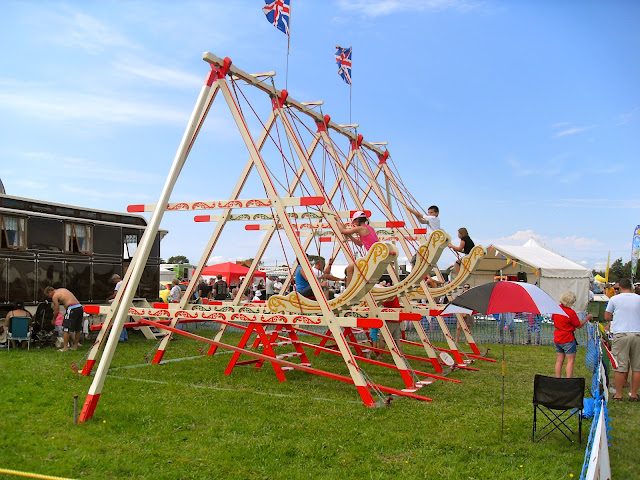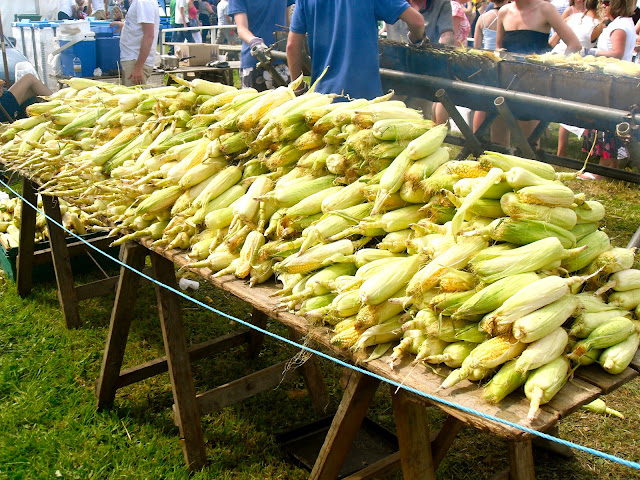Having recently put myself through the gruelling task of making
my first set of curtains (a nightmare to say the least, which certainly will
not be followed with a ‘how to’ blog post) I purchased way too much lovely fabric,
consequently finding myself with leftovers that were just too good to for the
local school textile bin.
So I decided to make a cushion! - As you do.
These cushions are easy if you have the patience and
although I used a sewing machine, this is not necessarily required, although
additional patience is.
What you will need is two pieces of fabric measuring
40cmx40cm (16x16”) if you head to your nearest haberdashery shop they usually
have a remnants bin where you can have a rummage and find the most delightful
cast-offs or end of roll scraps. Alternatively, you could just buy some fabric,
and ½ meter should be more than enough. If you did want to create a silhouette
design on the cushion, proceed to buy some contrasting fabric, as you can see,
I went for black. You will also need a cushion pad, which again you can get from
the haberdashery. You could also remove the current cover off an old cushion
and use that pad instead.
Recap of materials
- ½ meter of fabric or two pieces that will cut to 40x40cm
- One piece of contrasting fabric – use felt if you’ve not got a sewing machine, or if you’re not that great on one.
- Matching cotton to your main fabric
- A template for your chosen design. If you’d like a stag head, feel free to download my template here.
So are you ready? Then Let’s get sewing!
1. Cut your fabric into two square pieces measuring 40x40cm (16x16”)
2. Use your template to cut your design out of the
contrasting fabric or felt, then pin into place, centrally onto one of your square
pieces of fabric.
3. Sew the design onto your fabric using a small zigzag stitch
to prevent fraying. This can be tricky, I’d grab that patience from your list
for this step.
If hand sewing or using felt, you just need to securely hand
sew the design into place using a running straight stitch (weave the needle in
and out of the fabrics in a straight line).
4. Take the two pieces of fabric, place them on top of each
other (pattern inwards) and pin into place 1cm away from the edge. You want your pillow to be nice and snug if
you’re wondering why it measures smaller than the cushion pad.
5. Now, take a seat in front of the sewing machine, blast
your favourite tunes and get sewing along the pinned line.
WAIT. Take it easy as you’re only sewing up 3 of the 4 edges.
Make sure that your open edge is the bottom of the cushion so your hand stitching
that you’ll be doing later on will be less noticeable.
Again, if you’re hand-stitching this step, use a straight
stitch.
6. Once your 3 edges are sewn, turn the fabric inside out to reveal your almost complete cushion cover. Stuff the cushion pad comfortably in it’s new home and take a moment to admire. It looks great doesn’t it?
Any patience left? I hope so as the final steps are a tad fiddly and may lead to you using vocabulary that your mother would rather you not.
Breathe. You’re almost there.
7. Carefully pinch the seam inwards, around 1cm each side and carefully pin into place.
7. Carefully pinch the seam inwards, around 1cm each side and carefully pin into place.
8. Using a needle and thread, proceed to oversew the ends together. Make sure your stitches are small close together.
9. Once you’ve sewn the final stitch, take your newly
finished cushion and head to a comfiest spot you can find…
It’s nap time.
N x
















































